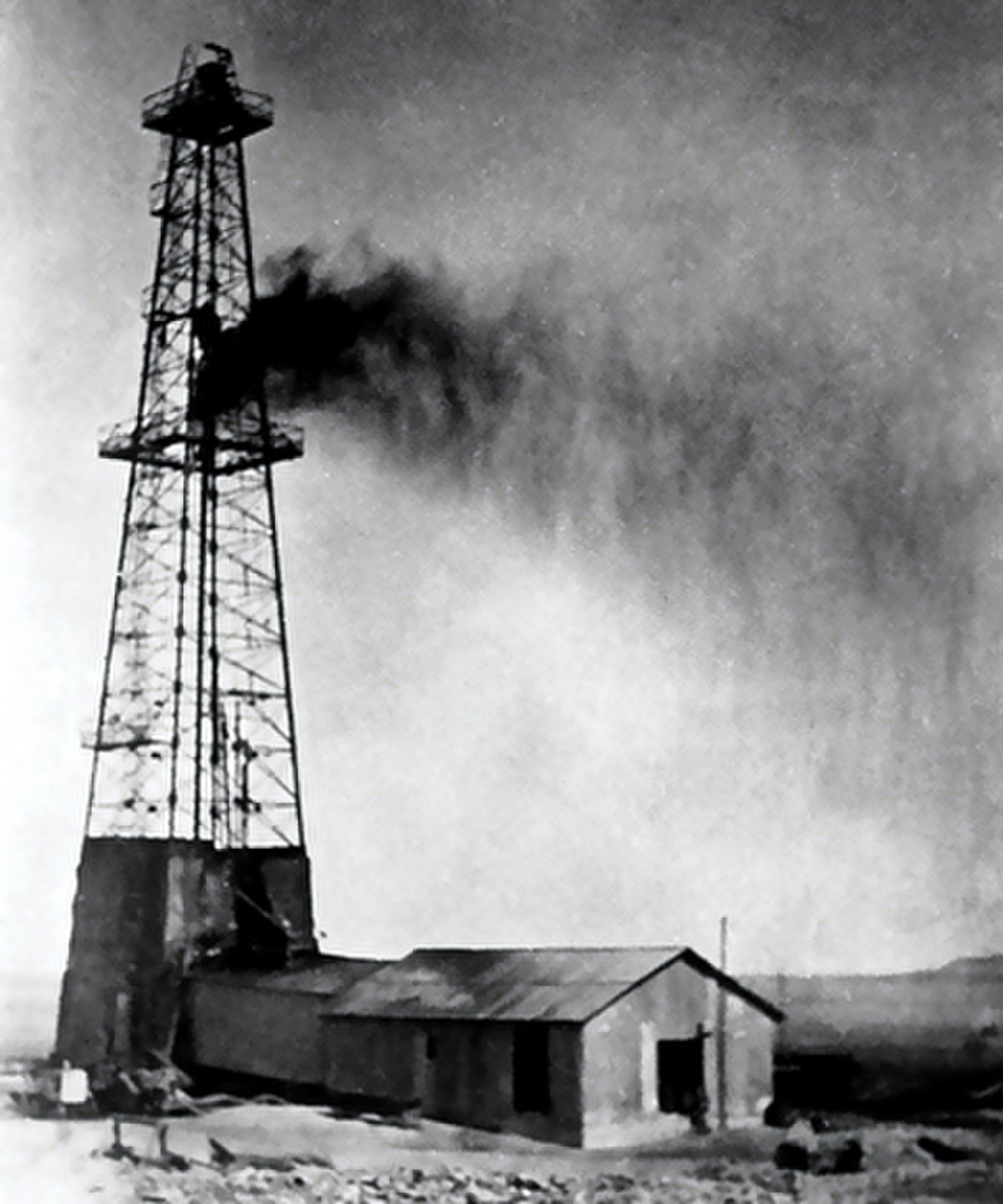
Discovery of Oil in Saudi Arabia
Dhahran Saudi ArabiaIn the 1930s, there was initial uncertainty about the existence of oil in Saudi Arabia. However, motivated by Bahrain's oil discovery in 1932, Saudi Arabia embarked on its own exploration.[41] Abdul Aziz granted a concession to the Standard Oil Company of California for oil drilling in Saudi Arabia. This led to the construction of oil wells in Dhahran in the late 1930s. Despite failing to find substantial oil in the first six wells (Dammam No. 1–6), drilling continued at Well No. 7, led by American geologist Max Steineke and assisted by Saudi Bedouin Khamis Bin Rimthan.[42] On March 4, 1938, significant oil was discovered at a depth of approximately 1,440 meters in Well No. 7, with daily output rapidly increasing.[43] On that day, 1,585 barrels of oil were extracted from the well, and six days later this daily output had increased to 3,810 barrels.[44]
During and after World War II, Saudi oil production increased significantly, largely catering to the Allies' needs. To enhance oil flow, Aramco (the Arabian American Oil Company) constructed an underwater pipeline to Bahrain in 1945.
The discovery of oil transformed Saudi Arabia's economy, which had struggled despite Abdulaziz's military and political achievements. Full-scale oil production commenced in 1949, following initial development in 1946 delayed by World War II.[45] A crucial moment in Saudi-U.S. relations occurred in February 1945 when Abdulaziz met with U.S. President Franklin D. Roosevelt aboard the USS Quincy. They forged a significant agreement, still effective today, for Saudi Arabia to supply oil to the United States in return for American military protection of the Saudi regime.[46 ] The financial impact of this oil production was profound: between 1939 and 1953, oil revenues for Saudi Arabia surged from $7 million to over $200 million. Consequently, the kingdom's economy became heavily reliant on oil income.
